Home>Ideas and Tips>Universal Design: Making Homes Accessible For All Ages
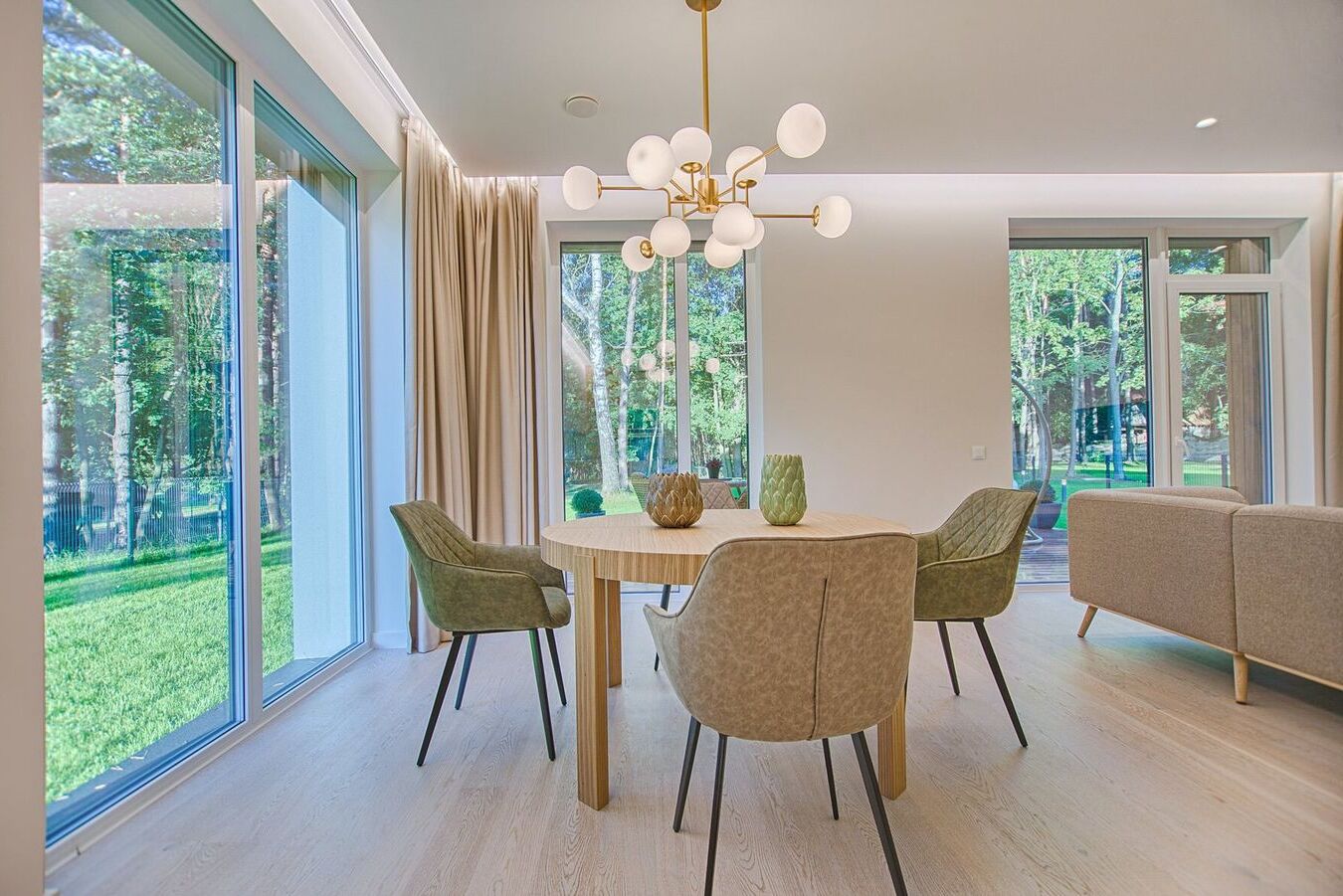

Ideas and Tips
Universal Design: Making Homes Accessible For All Ages
Published: October 28, 2024
Discover how Universal Design creates accessible, inclusive homes for all ages and abilities, enhancing safety, comfort, and future-proofing your living space.
(Many of the links in this article redirect to a specific reviewed product. Your purchase of these products through affiliate links helps to generate commission for Storables.com, at no extra cost. Learn more)
Creating spaces that cater to everyone’s needs is no longer a nicety but a necessity. This is where Universal Design (UD) comes in – a philosophy and practice that aims to design environments and products that are usable by people of all ages, abilities, and sizes. Universal Design is the concept of creating environments that can be accessed, understood, and used to the greatest extent possible by everyone, regardless of their age, size, ability or disability.
The Origins and Philosophy of Universal Design
Universal Design originated in architecture, championing the idea of making living spaces accessible to everyone. However, over the years, the ideas have also migrated into products, technology, and systems with the aim of increasing accessibility for all, regardless of ability. The concept was coined by disabled architect Ronald Mace in 1997 and is built on seven principles to guide the design of environments, products, and communications. These principles include equitable use, flexibility in use, simple and intuitive use, perceptible information, tolerance for error, low physical effort, and size and space for approach and use.
Read more: Fun Playroom Ideas For All Ages
Why Universal Design Matters at Home
Universal Design isn’t just about accessibility for people with disabilities; it’s about creating a future-proof living space that adapts to your needs as you age or your family circumstances change. Here’s how UD benefits everyone:
Safety and Independence
UD features like wider doorways, grab bars in bathrooms, and easy-reach controls in kitchens promote safety and independence for people of all ages and abilities. These features ensure that everyone can move around the home without encountering obstacles that could lead to accidents or injuries.
Flexibility and Comfort
UD prioritizes adaptable spaces. Think open floor plans, adjustable countertops, and removable showerheads. This allows residents to personalize their living space for maximum comfort. For instance, adjustable countertops can be raised or lowered to accommodate wheelchair users or others with height-reach barriers.
Livability for All
UD fosters a sense of belonging and togetherness. Everyone, from grandparents to young children, can navigate and participate in activities within the home. This inclusivity breaks down barriers and creates inclusive spaces where everyone feels welcome.
Bringing UD to Life: Examples in Your Home
Universal Design principles can be incorporated into various aspects of your living space. Here are some specific applications:
Kitchen Design
In the kitchen, universal design features include:
- Easy-reach controls: Lowered light switches and higher electrical outlets enable access for people of various heights.
- Non-slip surfaces: Non-slip flooring in kitchens ensures safety and function regardless of age or ability.
- Adaptable countertops: Countertops that can be raised or lowered accommodate wheelchair users or others with height-reach barriers.
Bathroom Design
In bathrooms, universal design features include:
- Grab bars: Grab bars in bathrooms provide support and stability for people with mobility issues.
- Large, curb-free showers: Showers with seating and easily operated controls make bathing easier and safer for everyone.
Entryways
Entryways are another critical area where universal design principles can be applied:
- No-step entry: No-step entry simplifies the use of wheelchairs or walkers but also of strollers and luggage. It also allows easier access for children and someone with an armful of groceries.
The Benefits of Universal Design
The benefits of Universal Design extend far beyond individuals with disabilities, impacting society as a whole. Here’s how:
Inclusion
UD fosters a sense of belonging by ensuring everyone can participate fully in society, regardless of limitations. It breaks down barriers and creates inclusive spaces where everyone feels welcome.
Accessibility
By making spaces and products accessible to a wider range of users, UD enhances convenience and usability for everyone. Public spaces, transportation systems, and digital interfaces become more user-friendly.
Future-Proofing
Designing with UD principles in mind creates future-proof environments and products. As demographics shift and populations age, the need for accessible and user-friendly designs will only increase.
Aging in Place
A 2018 AARP study found that 76% of adults over age 50 want to stay in their homes and communities as they age. Universal design with a specific focus on aging in place anticipates common challenges faced by older adults. This includes features like no-step entry, wide hallways, lever-type door handles, and electric controls that can be reached by wheelchair users.
Multigenerational Homes
Universal design principles also hold usability and aesthetics as equally important. Disability is not a special condition for a small group of people but rather an ordinary part for many. If a design works well for people with disabilities, it works better for everyone. For example, curb-less entry benefits wheelchair users but also avoids tripping hazards for small children and able-bodied adults.
Why Should You Incorporate Universal Design into Your Home?
There are many different reasons why someone would want to build or renovate with universal design features. While you or your family may be currently able to navigate your home with ease, you never know when that might change. Here are some compelling reasons:
-
Future Needs: You never know when you or a family member might need more accessible features. Incorporating universal design now can ensure that your home remains livable and accessible for years to come.
-
Aging in Place: As mentioned earlier, many people want to stay in their homes as they age. Universal design can help make this possible by anticipating common challenges faced by older adults.
-
Multigenerational Living: With more families living together across generations, universal design ensures that everyone can navigate and participate in activities within the home comfortably.
-
Increased Home Value: Homes with universal design features tend to have higher market value because they are more adaptable to different needs and can appeal to a wider range of buyers.
-
Reduced Renovation Costs: Homes built or renovated with universal design principles are easier to adapt as needs change, reducing the need for costly retroactive modifications in the future.
Examples of Cities Encouraging Universal Design
Cities across the country are incorporating universal design into ordinances and programs to increase accessibility in their housing stock and improve the quality of life for residents. Here are some examples:
San Antonio, TX
The City of San Antonio passed an ordinance requiring all new homes constructed with city financial assistance to adhere to the seven universal design principles. This includes features like no-step entry, wide hallways and doorframes, lever-type door handles, electric controls that can be reached by wheelchair users, and reinforced bathroom walls that can easily be retrofitted with grab bars.
Vacaville, CA
The City of Vacaville recognized a need for barrier-free design in the local housing stock and shifted the focus toward universal design. Approximately 32 percent of one of Vacaville’s local retirement communities experiences one or more types of disabilities. The city council adopted the Housing Element Program in 2025, which requires the city to encourage all new residential units to adhere to universal design principles or be easily adaptable for accessibility needs.
Worcester, MA
City officials of Worcester partnered with the University of Buffalo to implement universal design principles in new residential construction projects. This initiative aims to create homes that are accessible and user-friendly for everyone, regardless of age or ability.
Conclusion
Universal Design is not an unattainable ideal; it’s a practical approach to creating homes that work for everyone. By embracing UD principles, we can invest in living spaces that foster comfort, safety, and inclusivity for all residents, now and in the future. Whether you’re building a new home or renovating an existing one, incorporating universal design features can make a significant difference in the livability and accessibility of your space. It’s time to think beyond basic functionality and create homes that are truly inclusive for all ages and abilities.
In conclusion, Universal Design is not just about accessibility; it’s about creating spaces where everyone feels welcome and can participate fully in society. By applying these principles in our homes, we can build a more inclusive and equitable society for generations to come.
Was this page helpful?
At Storables.com, we guarantee accurate and reliable information. Our content, validated by Expert Board Contributors, is crafted following stringent Editorial Policies. We're committed to providing you with well-researched, expert-backed insights for all your informational needs.





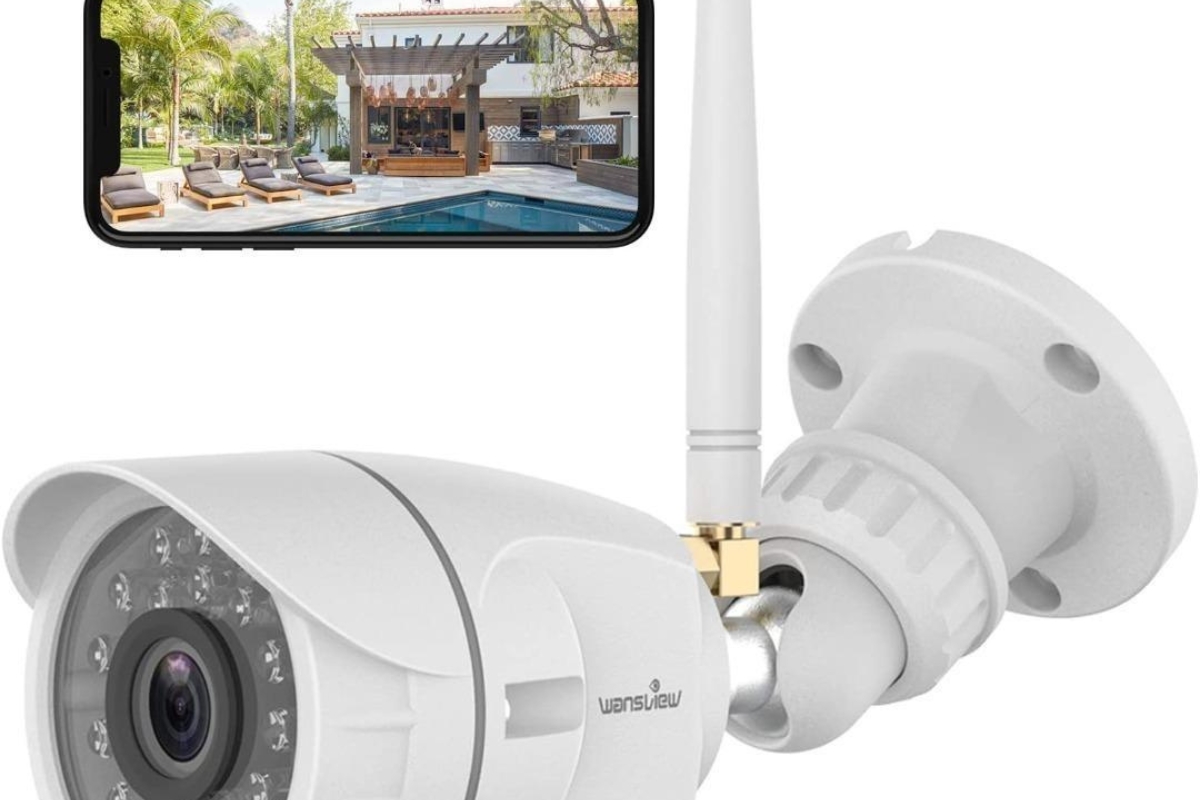
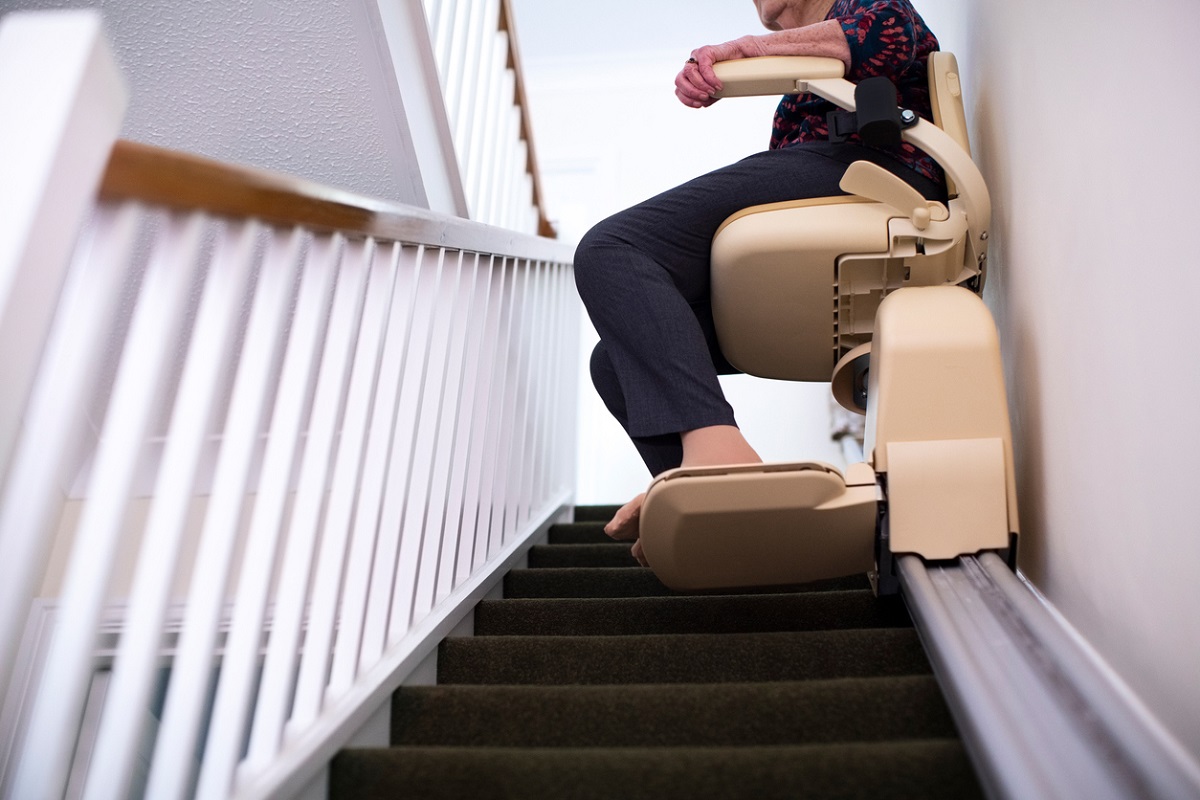
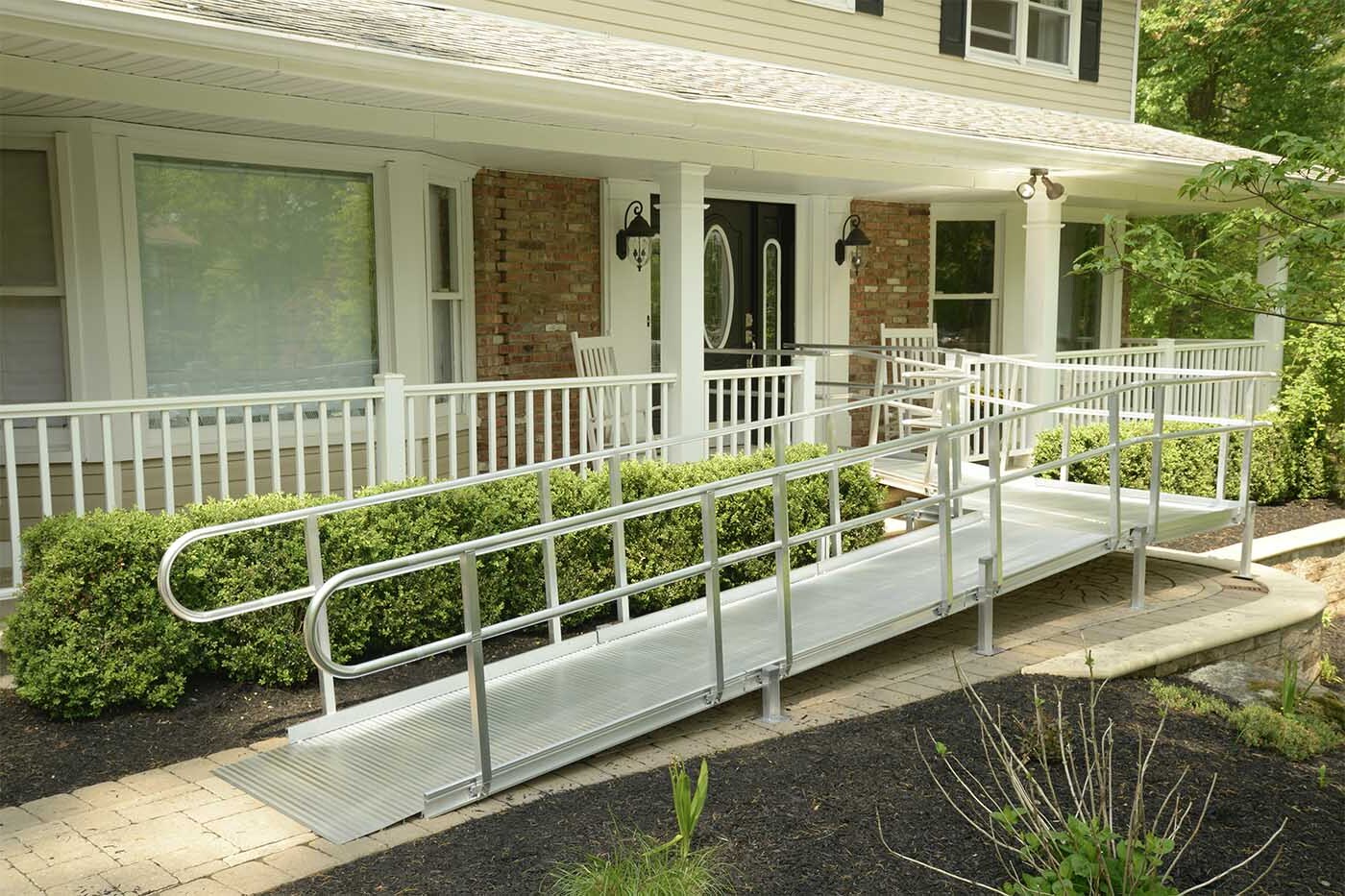

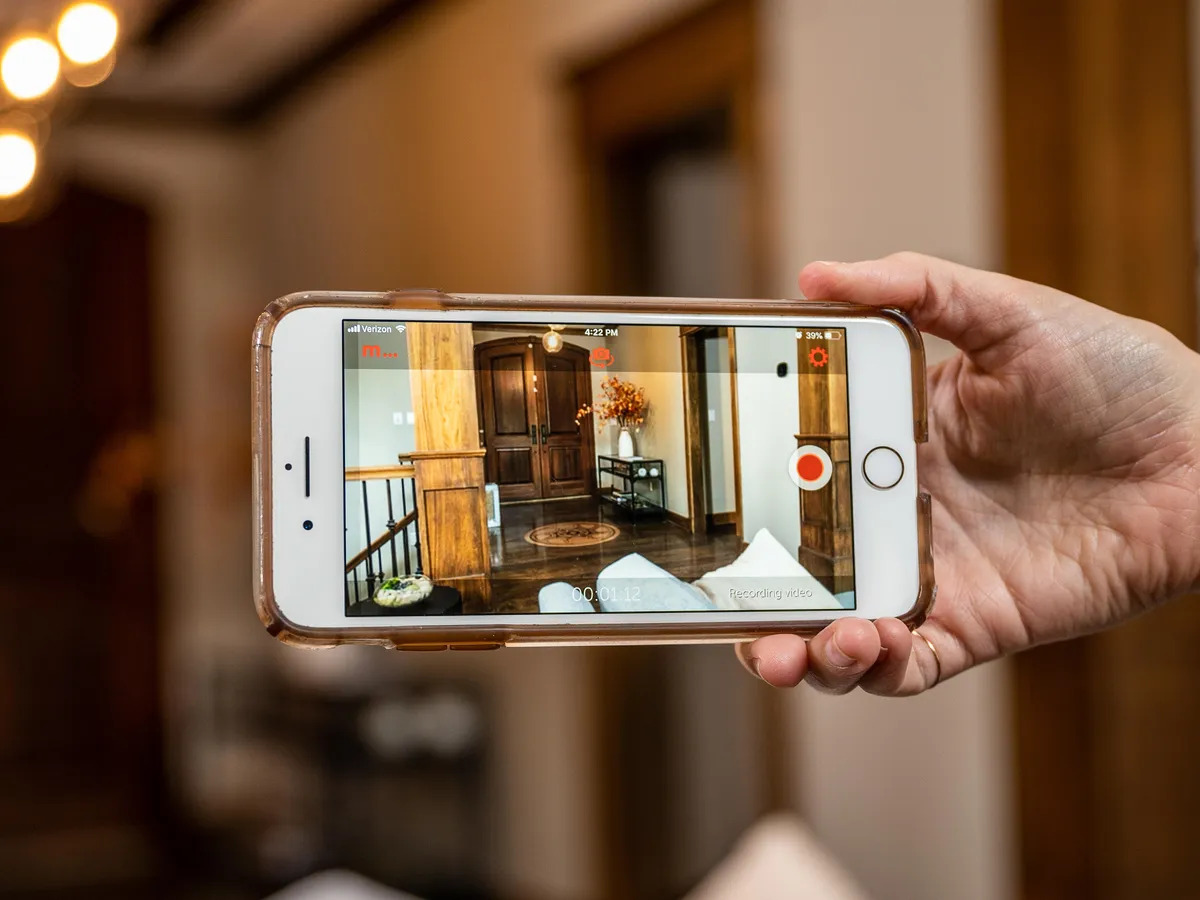


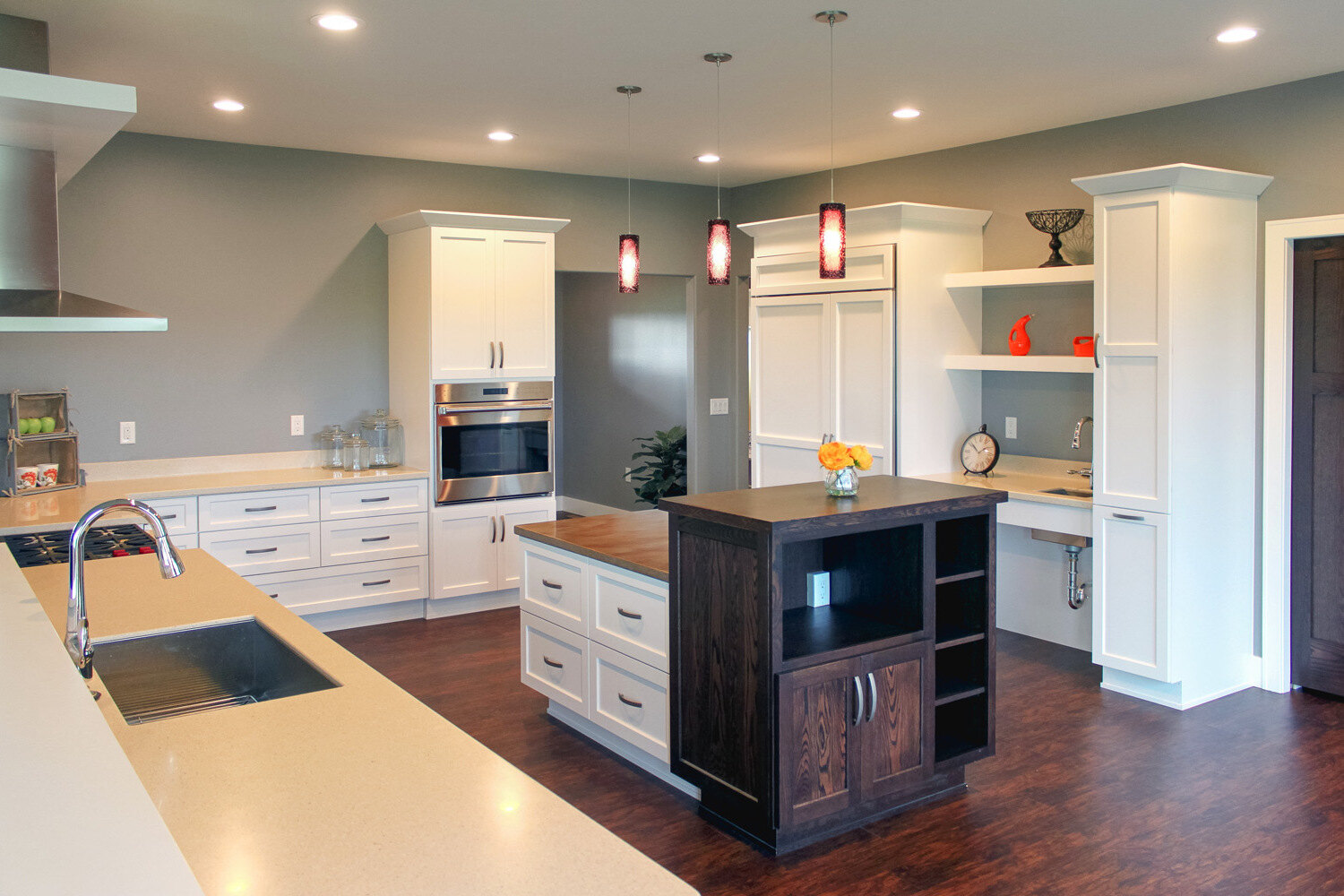


0 thoughts on “Universal Design: Making Homes Accessible For All Ages”